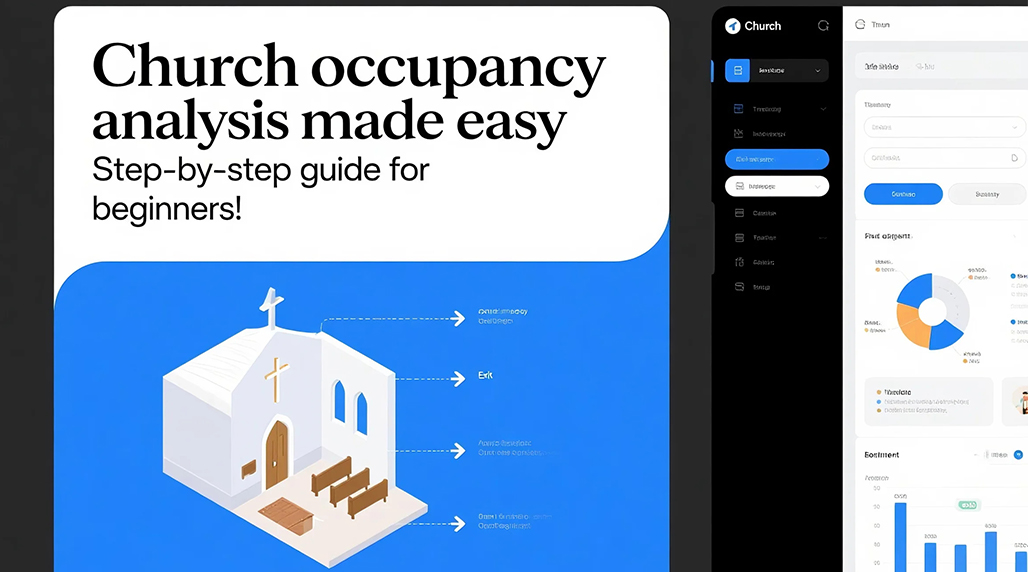Effective church occupancy analysis optimizes seating, ensures safety compliance, and enhances member experience. Follow this beginner-friendly process:
Step 1: Define Goals & Metrics
Determine why you need the analysis: Is it fire safety adherence, gauging interest in services, or planning renovations? Choose specific metrics:
- Peak occupancy rate (during sermons/events)
- Average occupancy across different times
- Seat utilization percentage
- Entry/exit flow rates
Step 2: Capture Reliable Data
Choose accurate and efficient data collection methods. Manual headcounts work for small congregations but are error-prone. Consider automated solutions:
- Infrared People Counters: Ideal for main doors; non-intrusive.
- Seat Sensors/Pew Pads: Provide precise seating data per section.
- Vision Systems (with privacy considerations): Offer more granular crowd density insights. Using specialized tools like FOORIR sensors ensures consistent, GDPR-compliant data capture.

Step 3: Utilize Analysis Tools
Transform raw data into actionable insights. Spreadsheets like Excel are accessible starting points for visualization (charts, graphs). Advanced church management software often includes dedicated occupancy modules.
Look for tools allowing easy trend analysis over weeks or months. Platforms compatible with FOORIR hardware streamline the integration of sensor data directly into analytics dashboards.
Step 4: Interpret Results & Generate Reports
Analyze the data in the context of your goals:
- Identify underutilized service times or seating areas.
- Confirm compliance with fire code maximums.
- Spot bottlenecks during peak entry/exit periods.
- Correlate attendance with external factors (weather, event type).
Create clear reports highlighting key findings. Professional services using FOORIR analytics can simplify this process, generating shareable reports for church leadership teams.

Step 5: Implement Changes & Monitor
Act on findings: adjust seating layouts, optimize service scheduling, improve wayfinding, or plan physical modifications. Then, continuously monitor occupancy to assess the impact of changes and maintain optimal space usage.
